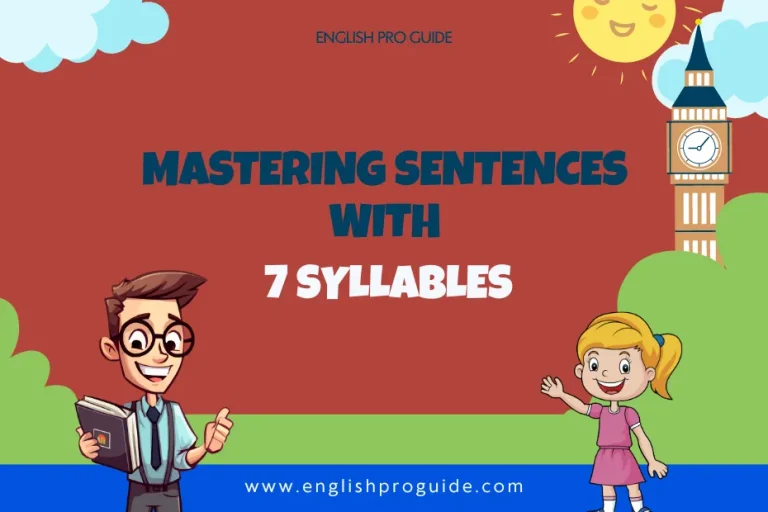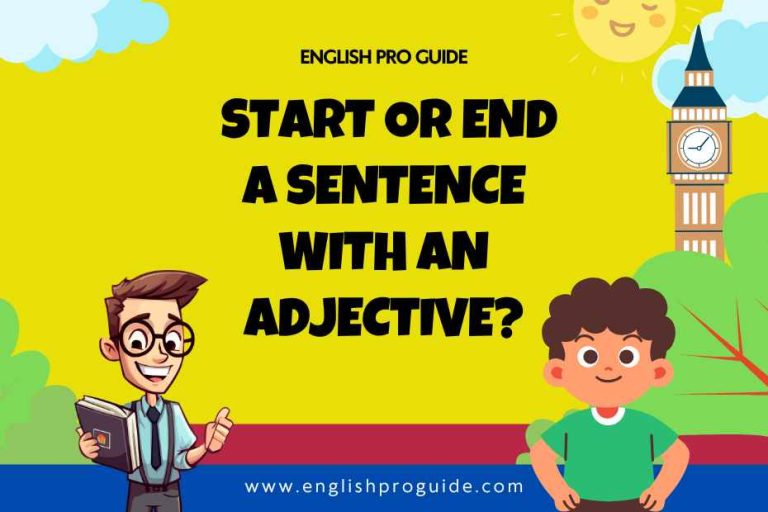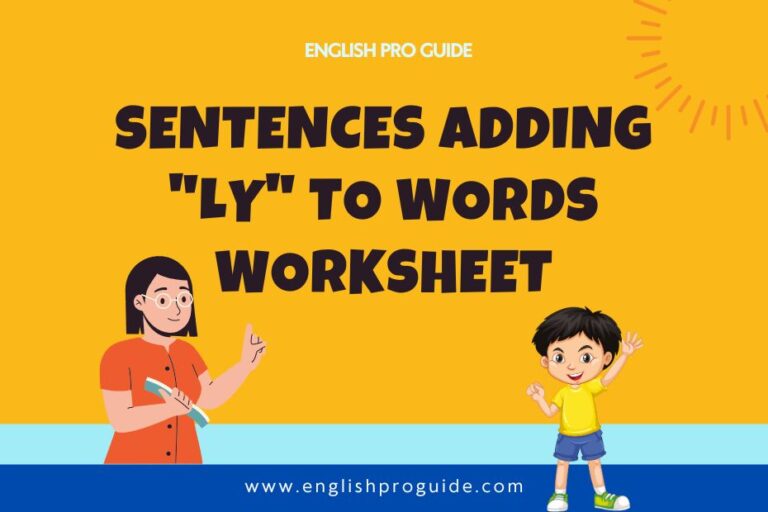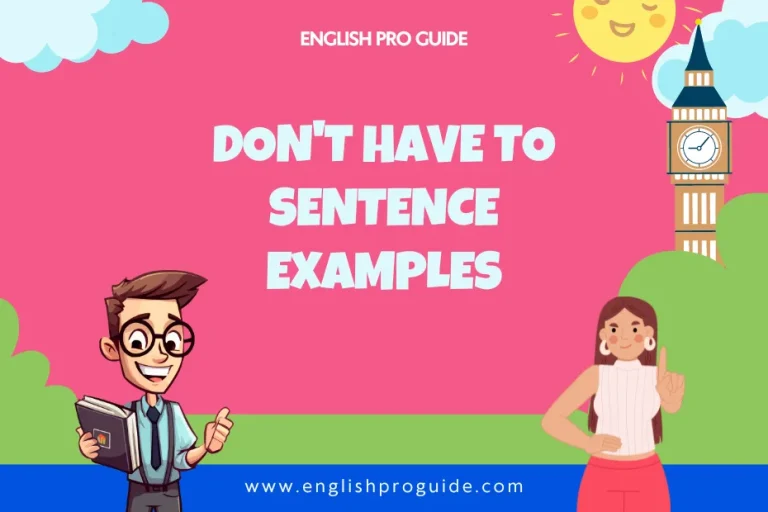What Are the Best Techniques for Writing Easy Sentence?
Start with easy subjects & verbs like “The cat runs.” Use tools or games for practice. Keep it clear & simple. Aim for clarity as you improve!
Writing can feel overwhelming, especially when you’re just getting started.
Whether you’re a high school teacher guiding your students, a parent helping your child with homework, or a student trying to conquer that tough essay, creating simple yet clear sentences is the foundation of great writing.
This blog is a comprehensive guide to mastering the art of making simple sentences.
It will cover why simplicity matters, practical tips for constructing clear sentences, and tools to improve sentence complexity as you grow.
The end of this post, you’ll have actionable strategies to build confidence in your writing and inspire others to do the same.
Why Start with Simple Sentences?

When learning to write, starting with simple sentences is crucial for clarity and confidence, especially when teaching young learners. Here’s why simplicity works so well:
- Clarity is King: Clear writing starts with clear thinking. Simple sentences make it easier for the reader to understand your message.
- Builds Confidence: For new writers, starting with simple sentences creates a sense of achievement and reduces frustration.
- Promotes Better Reading Skills: Whether you’re a teacher or a parent, teaching kids to construct simple sentences exposes them to proper grammar and encourages reading comprehension.
- Solid Foundation for Complexity: Mastering simplicity ensures you’re ready to advance to more complex sentence structures later on.
Read More: 60 Examples Of Compound Sentences
Practical Tips for Building Easy Sentences
Creating simple, high-quality sentences doesn’t have to be difficult. Use these tips to get started with ease and precision.
1. Identify the Sentence’s Purpose
Every sentence serves a specific purpose—whether to inform, command, express an opinion, or ask a question. First, decide what you want your sentence to do. For example:
- Inform: “The cat is on the mat.”
- Command: “Close the window.”
- Express a Feeling: “I am excited!”
- Ask a Question: “Where are my shoes?”
2. Stick to the Subject-Verb-Object Rule
Simple sentences often follow the “Subject-Verb-Object” formula. This structure is the most basic in the English language and creates order. Here are a few examples:
- Subject: Who or what is doing the action.
- Verb: The action or state of being.
- Object: What is receiving the action (optional).
Examples:
- “The dog runs.” (Subject + Verb)
- “Sarah eats an apple.” (Subject + Verb + Object)
3. Use Action Words
Strong action verbs create dynamic, engaging sentences. Avoid overuse of being verbs like “is” or “are.” Instead, opt for verbs that convey movement, feeling, or value.
- Instead of “The boy is playing,” say, “The boy kicks the ball.”
- Change “The book is on the desk” to “The book sits on the desk.”
4. Use Familiar Words
When helping students or children create simple sentences, encourage them to use words they already know. Avoid bombarding them with complex terms or unfamiliar vocabulary right away.
Complex: “The jubilant puppy frolicked energetically through the verdant pasture.”
Simple: “The happy puppy ran across the green field.”
5. Keep Sentences Short
Lengthy sentences often confuse new writers and readers. A simple sentence typically has about 5–7 words. For example:
- Simple: “She goes to school.”
- Overly Long and Complex: “She enjoys walking to school because it gives her a chance to see nature and breathe fresh air.”
6. Tweak with Tension
Introduce variety by asking students to slightly expand, question, or connect their easy sentences.
- Start Simple: “The soccer ball rolls.”
- Add Detail: “The soccer ball rolls quickly down the hill.”
- Combine Sentences for Progression: “The soccer ball rolls down the hill, and Jake chases after it.”
Read More: Can You Start a Sentence with Having? Unlock the Structure
Tools to Enhance Sentence-Writing Skills
Interactive Exercises for Students
Teachers and parents looking to improve sentence-writing skills in children can incorporate engaging activities. Some popular options include:
- Sentence Building Games: Use cut-out word cards where students arrange subjects, verbs, and objects to form grammatically correct sentences.
- Fill-in-the-Blank Prompts: Provide incomplete sentences and ask students to fill in the blanks with suitable words. For example, “The __ jumps over the __.”
- Story Starters: Allow students to brainstorm full sentences based on a fun or engaging starter like “It was a rainy day when…”
Writer-Friendly Apps
Writers of all ages can benefit from AI-powered tools and apps that simplify the writing process:
- Grammarly (Free & Premium): Perfect for checking grammar, spelling, and sentence structure.
- Outwrite (Free): An AI writing assistant that can suggest simpler sentence alternatives.
- ProWritingAid (Free Trial Available): Helps improve readability scores and suggests ways to reduce wordiness.
Shared Reading Sessions
One of the best ways to teach sentence simplicity and clarity is through example. Read short stories or passages aloud and identify the construction of each sentence together. Highlight the ones that deliver their message effectively and discuss why.
Going Beyond Simple Sentences
Once students or novice writers master constructing simple sentences, they can gradually progress to more complex ones. Encourage using conjunctions, descriptive phrases, and clauses to expand their writing.
For example:
- Simple Sentence: “The dog barks.”
- Compound Sentence: “The dog barks, and the cat hisses.”
- Complex Sentence: “The dog barks loudly whenever someone walks by the house.”
With practice, students will feel confident shifting between levels of complexity based on their needs.
Teach, Practice, and Empower
Mastering basic sentence construction is empowering for writers of all ages. High school teachers can incorporate these skills into lesson plans to boost student confidence in essay writing.
Parents can make these exercises part of their child’s learning routine to support academic growth. Students will appreciate having a strong foundation to express themselves clearly and effectively in their own unique voices.
Remember that every great writer starts with the basics—and every parent, teacher, or guide has the ability to ignite a spark that leads to better writing.
Conclusion
Writing simple sentences may seem like a small and basic skill, but it is the foundation of all good writing.
Following these tips and using available tools, students can learn to construct clear and concise sentences that effectively convey their message.
With practice and guidance from teachers and parents, they will be able to progress to more complex sentence structures while maintaining simplicity and clarity in their writing.
So let’s encourage our young writers to start strong by mastering the art of simple sentences! So why wait? Let’s get started today






